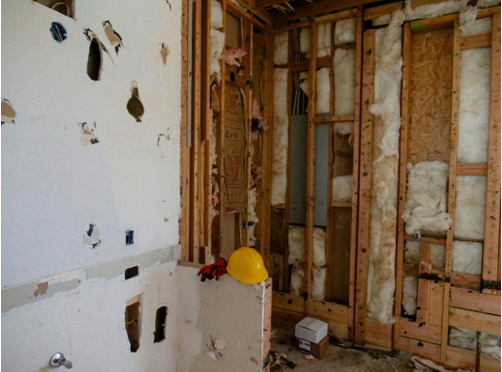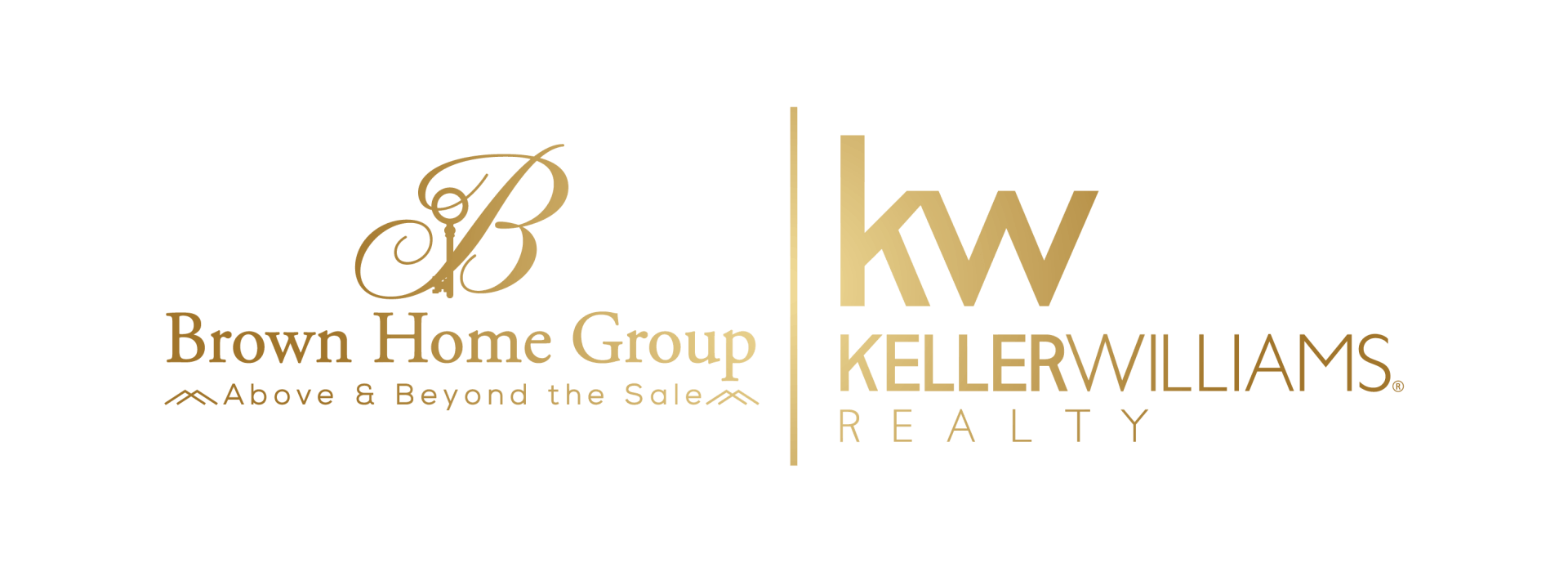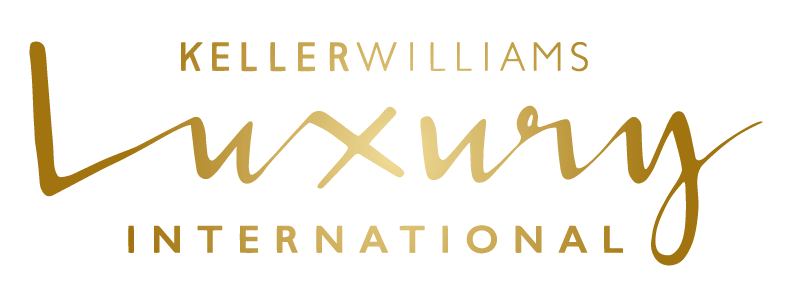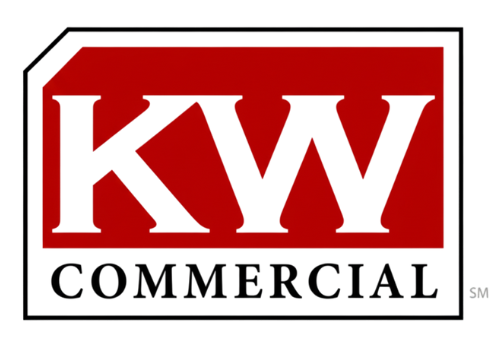Selling a Vacant Home? Here’s How to Do It Without Losing Money or Momentum
You’ve moved out. The house is empty. And every day it sits unsold, it costs you—emotionally and financially. Selling a vacant property comes with a unique set of risks and responsibilities. But with the right strategy, you can attract serious buyers, manage expenses smartly, and close the deal from wherever you are. These seven sections walk you through the most critical moves to make now.
Keep Costs Predictable, Even From Afar
The moment your home is vacant, you're still on the hook for utilities, insurance, taxes, and upkeep—but without the daily visibility you once had. Before problems escalate, get ahead of your spending. Create a budget that includes real estate commission, home prep, staging, and potential concessions. You don’t want surprise expenses hitting at closing. Knowing what home‑selling fees to expect lets you estimate your break-even point and time your price adjustments with confidence.
Maintain a “Lived-In” Look Without Living There
Empty homes feel cold. Worse, they signal neglect to buyers. If you’ve already left, set up systems that keep the home visually appealing. Schedule weekly landscaping. Arrange for packages and flyers to be removed from the porch. And invest in basic curb appeal—new mulch, trimmed bushes, fresh doormat. These curb appeal tips for a vacant property give your place a lived-in energy, even if no one’s been there for weeks.
Make It Easy for Buyers to Emotionally Connect
An empty house forces buyers to use their imagination. And not all of them are good at it. Visual staging fills that gap. Focus on key areas: living room, primary bedroom, dining space. Add just enough furniture to give a sense of scale and flow. And make sure your agent is using digital walk-throughs, interactive floor plans, and smart scheduling tools to guide remote buyers. These vacant home staging essentials create warmth and orientation without requiring you to restage the entire property.
Shrink Monthly Carrying Costs Without Cutting Corners
Don’t let a vacant home drain your wallet. The big four to watch are utilities, insurance, cleaning, and lawn care. Start by
talking to your utility companies—you may qualify for an “inactive-but-maintained” rate. Some home insurance carriers offer vacancy policies that cost less but still meet requirements. And there’s no shame in automating small stuff.
Stage Strategically—Not Expensively
You don’t need a warehouse of designer furniture to make your house feel like home. A few well-placed items—lamps, neutral art, entryway rug, a small bistro table in the kitchen—can create a “this could be us” vibe. Many homeowners go the DIY route: inflatable beds for bedrooms, baskets for towels, mirrors for light. Don’t overdo it. Your goal isn’t HGTV—it's comfort and clarity.
Offer Peace of Mind With Protection Plans
When you’re not around to address buyer concerns in person, the smallest unknowns can feel like big risks. One way to calm nerves is by working with your real estate agent to offer a home warranty or listing-period protection plan. These policies can ease inspection-related fears, especially in vacant homes where buyers can’t easily ask, “What’s that noise?” or “Was that just fixed?” By covering certain systems or appliances, you reduce the chances of last-minute negotiations over minor issues. To see how these plans can add buyer confidence,
check this out.
Close the Sale From Anywhere (Without Drama)
You no longer need to be in town—or even in the same time zone—to close on your home. Remote closings, mobile notaries, and e-signatures are all standard now. Just make sure your title company and agent know you’re remote from the start. You’ll also want to confirm how funds are disbursed and whether there’s anything you need to sign in person. This explainer on the
remote closing process for sellers lays out the exact steps and timelines so you’re not scrambling when the deal goes live.
Selling a vacant home doesn’t need to feel like a logistical headache. With the right setup—clear communication, practical staging, remote closing support—you can keep momentum high and hold costs low. And when buyers walk in, they’ll feel like someone just stepped out to grab coffee—not like they’re the first ones back in after a long time. That’s the kind of energy that sells homes quickly—and cleanly—from a distance.
























